Yogyakarta’s leading manufacturer shines hope for batik masters

YOGYAKARTA, Indonesia — Hadi Suwito quietly sits at his desk to oversee the daily operations of Batik Plentong, one of Yogyakarta’s surviving manufacturers of traditional batik textile.
On the wall behind him hangs the original emblem of the company. It is a carving of a light bulb surrounded by a ring of leaves on a rectangular wood panel. It symbolizes hope.
Indeed, Batik Plentong is a bearer of hope. To the eyes of Suwito who has been with the company for six decades already, it has served as home to the artisans whose hands have made batik a cultural heritage.
Batik is a method of dyeing fabric using wax resist. The traditional process is handmade from start to finish, and the result is a motif textile that can be transformed into clothing ranging from everyday wear to traditional costumes.
Although wax resist dyeing has its roots in India, Egypt, China, Japan and ancient Persia, Indonesia is credited to have proliferated the art of batik in its olden days.
The batik of Jogja
Batik’s popularity soared when it was included in UNESCO’s list of Intangible Cultural Heritage of Humanity on Oct. 2, 2009, according to the Jakarta Post. Then President Susilo Bambang Yudhoyono called on Indonesians to wear batik more habitually.
The day has been observed as National Batik Day since. Ever vibrant and colorful are celebrations at Yogyakarta in Central Java. This year, the city—once the capital of Indonesia—staged the Batik Music Festival.
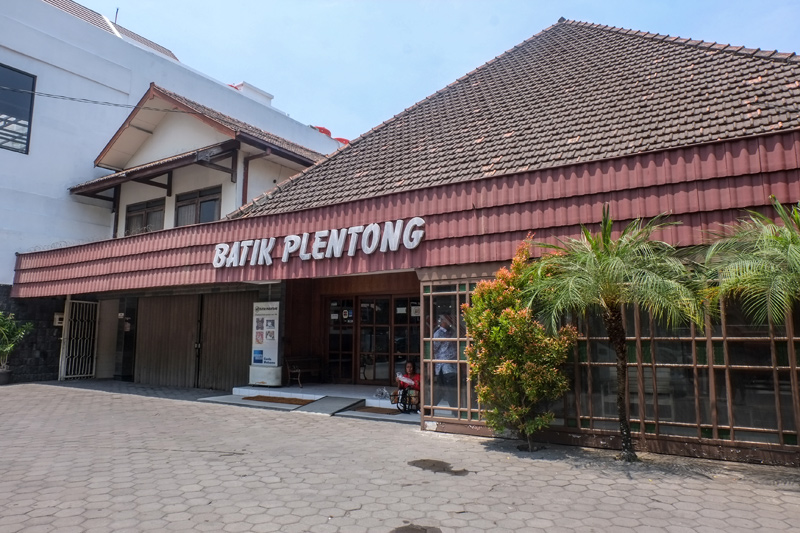
Yogyakarta, or Jogja for short, has developed batik with hundreds of years of skill and sophistication, and has created thousands of unique and elaborate motifs. Its most iconic pattern is geometric in shades of the earth such as natural brown, indigo blue, black and cream.
Batik Plentong showcases this and more.
Established in 1950 by the late Oleh Djaelani, Batik Plentong is also known for its workshop where visitors can watch the batik process through the artisans themselves. For this unique experience, it was chosen as a destination during a recent media familiarization trip.
Through local tour guide and interpreter Dian Eka Pemiastuti, Suwito told Philstar.com that he was entrusted by the late founder to manage and oversee Batik Plentong’s operations. He holds the position to this day, even after the second-generation owner took over the family business.
Heroes of batik
At 80, Suwito has dedicated most of his life to batik, and continues to do so.
Coming to Jogja in his 20s as an orphan, Suwito was fortunate to be chosen to work for Batik Plentong.
“Mr. Djaelani was looking for young men who wanted to train in batik-making. My uncle, who was an employee here then, told me to apply,” Suwito said in the Javanese dialect.
In the beginning, he was an errand boy doing everything from housekeeping to closing shop. He was so diligent that Djaelani immediately took notice.
Suwito recalled that he was sent to workshops to learn about batik making. For years, he was in charge of quality control, spotting mistakes and correcting them.
Soon, he became the right-hand man of the owner until he finally became the operations manager. He witnessed many milestones with the company, such as a three-decade partnership with the Japanese, as well as endured hardships including the Asian financial crisis from 1997 to 1998.
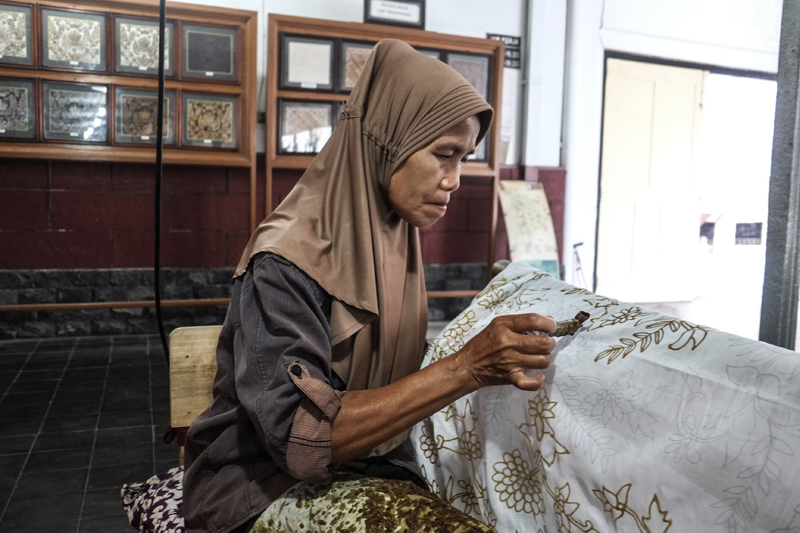
Suwito said that today the workshop employs 12 craftsmen, a mix of men and women; some younger than him, while others, about his age.
One of them is Ibu Muryanti, a second-generation batik maker who is in her 50s. She used to make the textile with her mother in their village until she moved to Batik Plentong just five years ago. Since then, she has never been happier drawing batik patterns.
Muryanti is an expert in batik handwriting. She is the first to welcome tourists who enters Batik Plentong’s as her workspace is located across the wall for the framed batik process.
She sits on a small stool with a cloth in her lap, above her a small light bulb, similar to Plentong’s emblem. Slowly, she pours hot molten wax from the canting—made of bamboo handle and small copper cup—onto the fabric to trace the pencil-drawn motif.
Usually, the motifs are inspired by nature combining fauna and flora patterns, and even carry philosophical meanings and stories, Atilah Soeryadjaya, a noblewoman from Surakarta's Mangkunegaran Palace, told The Jakarta Post.
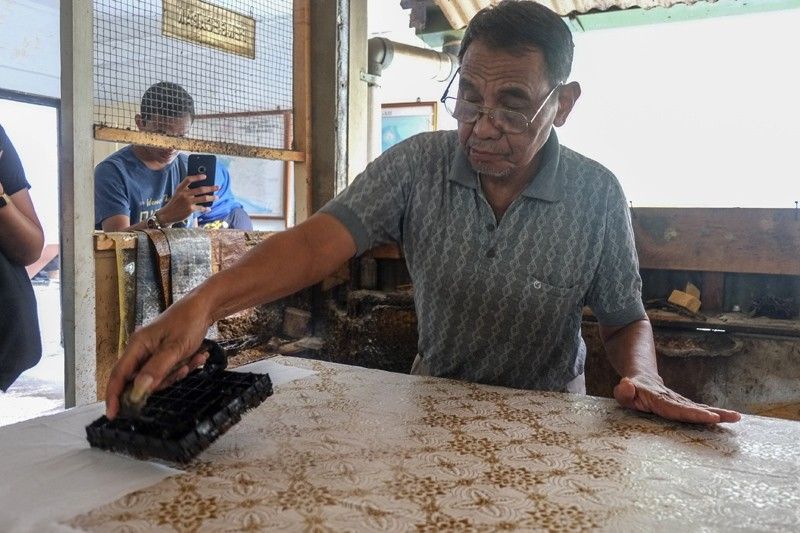

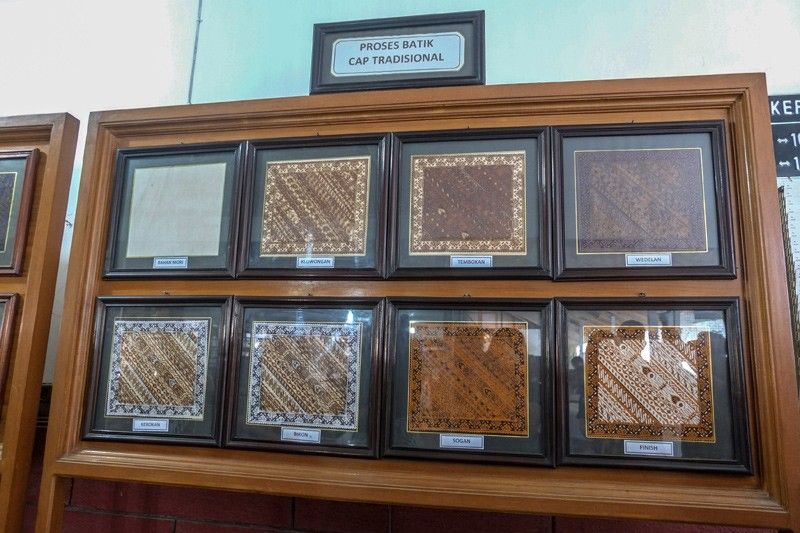

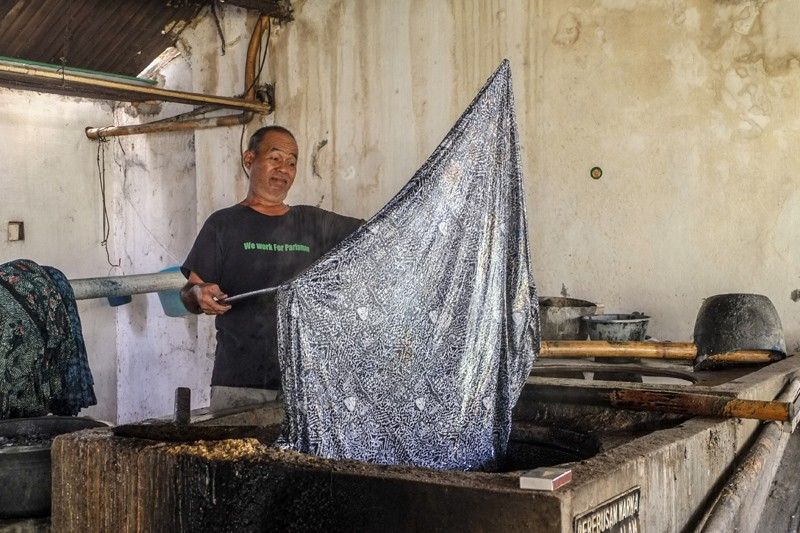
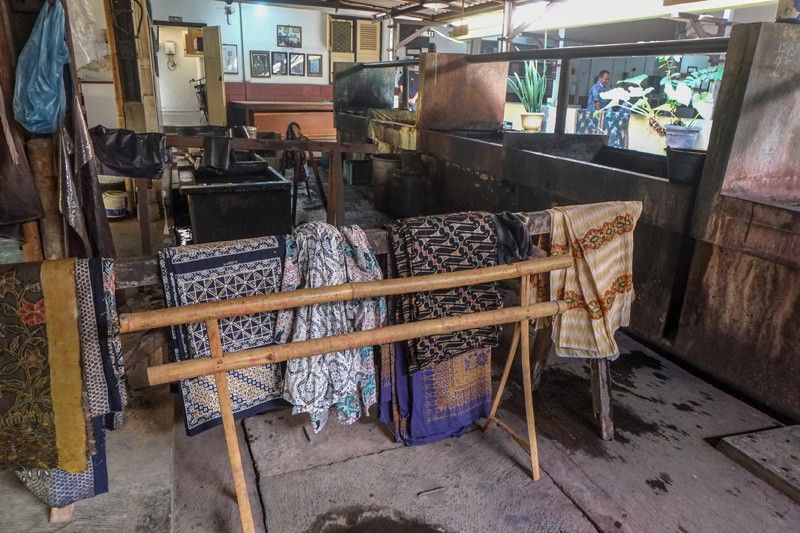
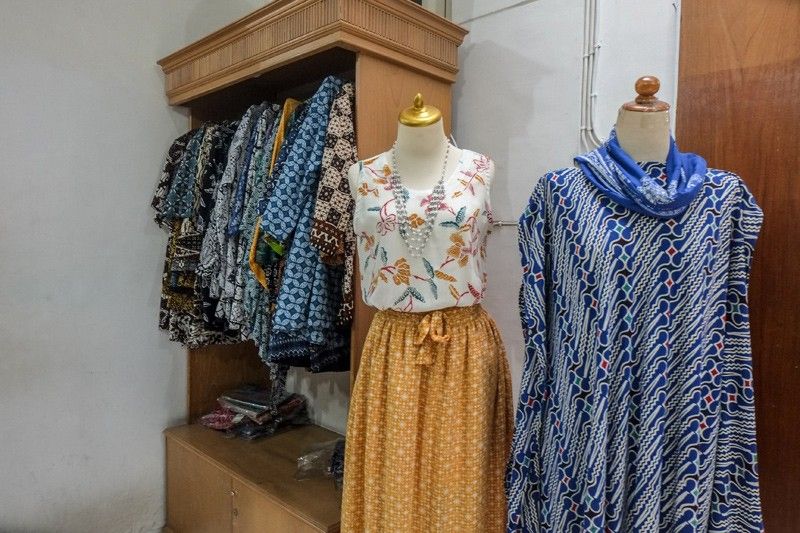
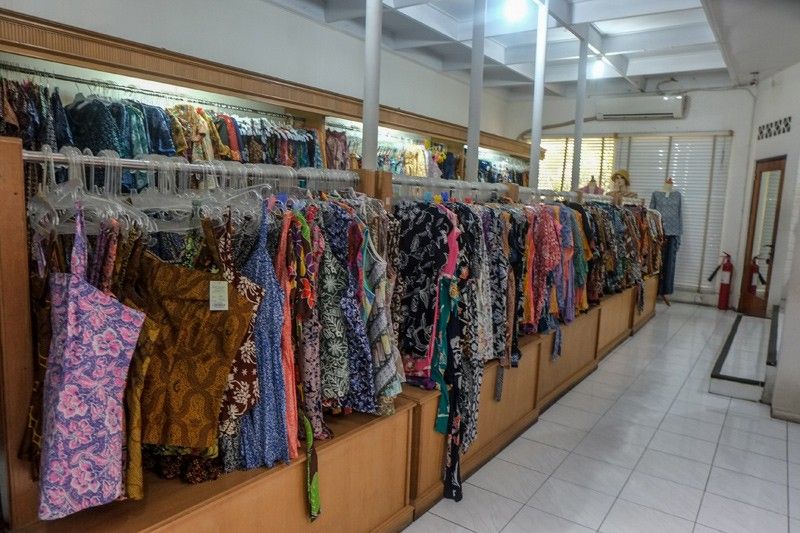
All are meticulous and demands mastery from printmakers.
While batik handwriting is reserved to women for its intricacy, another technique is handed to men. They use handheld coppers to stamp wax motifs on fabric. Batik Plentong’s roster of men artisans are lined up where light from the window floods in.
After handwriting or stamping with wax, the cloth is then dyed with natural coloring, and then traced with wax and dyed again—depending on the motif’s number of colors. Finally, the wax will be rinsed off with boiling water for cotton fabric or gasoline for silk. What remains are the white lines once protected by wax to reveal the elaborate and beautiful motif. This entire process takes up to two months, depending on the size of the fabric.
The future of batik
What’s in store for batik is not without a challenge. No matter how strong Indonesian’s love for batik is, the traditional industry is battling modernity to stay alive.
Batik printing companies, which rely on large machines for faster mass production, are a tough competition for traditional or handmade manufacturers such as Batik Plentong, Suwito revealed.
Still, he believed that the market who appreciates handmade batik will always remain. “Those who know batik will know that the ones we make are unique and are limited. We even have our own patterns, which can never be produced by machines,” he explained through the interpreter.

This difference in quality is reflected in pricing. According to The Jakarta Post, mass-produced printed batik attires range from Rp250,000 or P910 to Rp450,000 or P1,630 compared to handmade batik priced anywhere between Rp500,000 or P1,800 to a costly Rp100 million or P360,000.
Another challenge is the “regeneration” as traditional batik artisans are old and getting older.
In Muryanti’s family, she may be the last to master batik handwriting since her only child, a son, already works for another manufacturing industry.
Fortunately, there is hope just like the light that Batik Plentong continues to shine to its people and the industry.
During this author’s trip, a 17-year-old female student is interning for Batik Plentong’s workshop. She is currently taking up Textile.
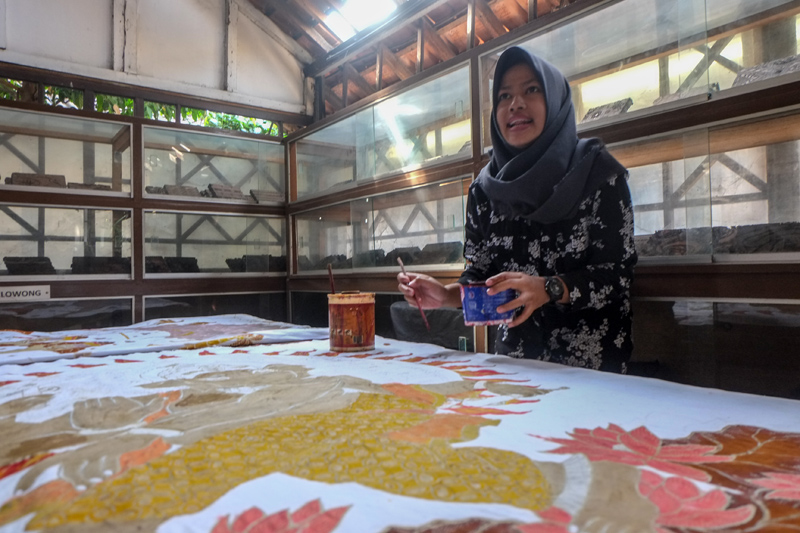
This is because Batik Plentong actively takes part in Yogyakarta’s efforts to preserve its culture and traditions by educating young people.
When the workshop was opened in the early 2000s, the goal was to survive the financial crisis by diversifying into tourism, Suwito said. Today, it serves as a venue where young visitors can not only watch but also experience making the traditional textile, with guidance from batik masters themselves.
With this, Suwito hoped that they will better understand and appreciate the art and work that goes into batik, thereby become the next bearers of hope for Indonesia’s intangible cultural treasure.




















